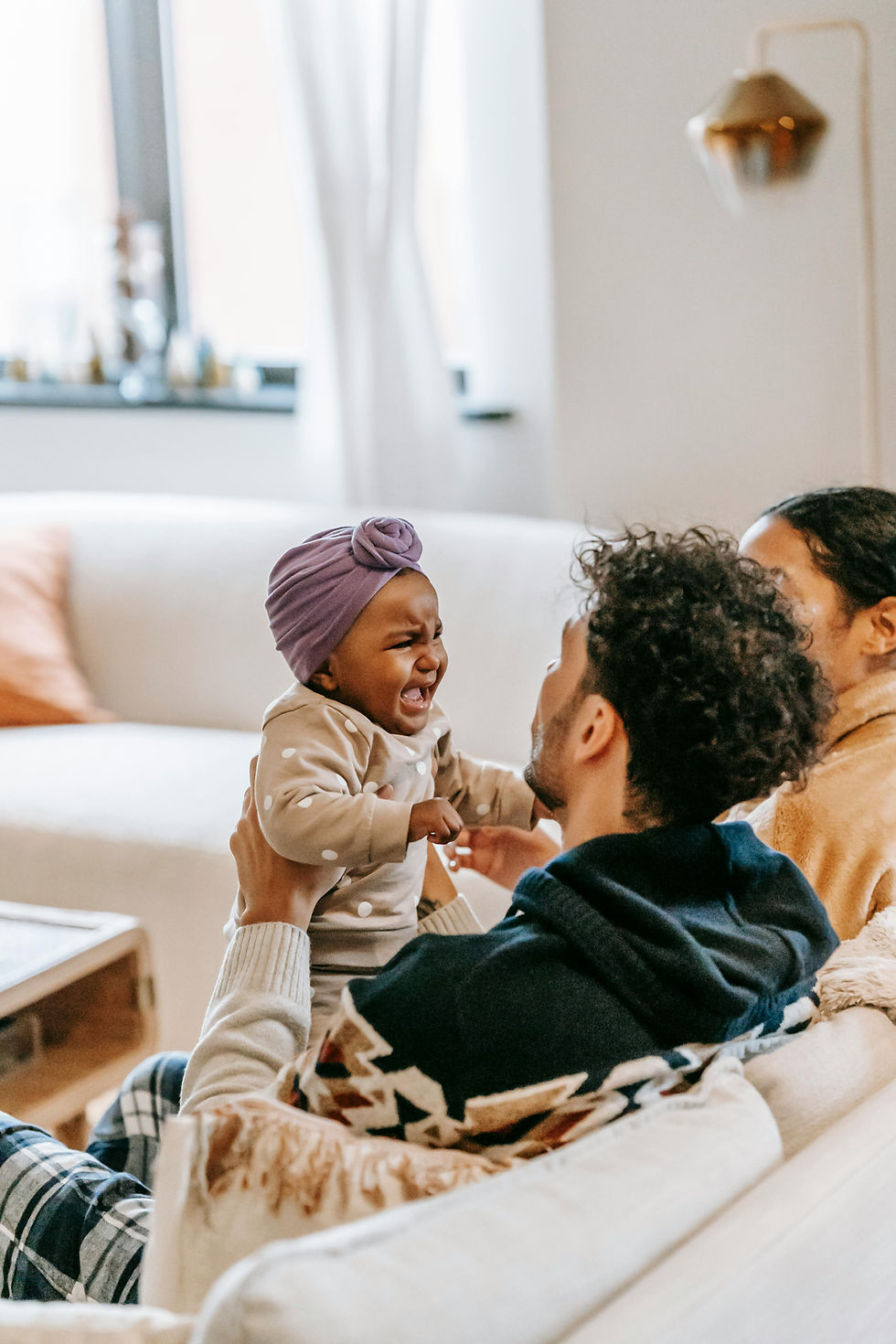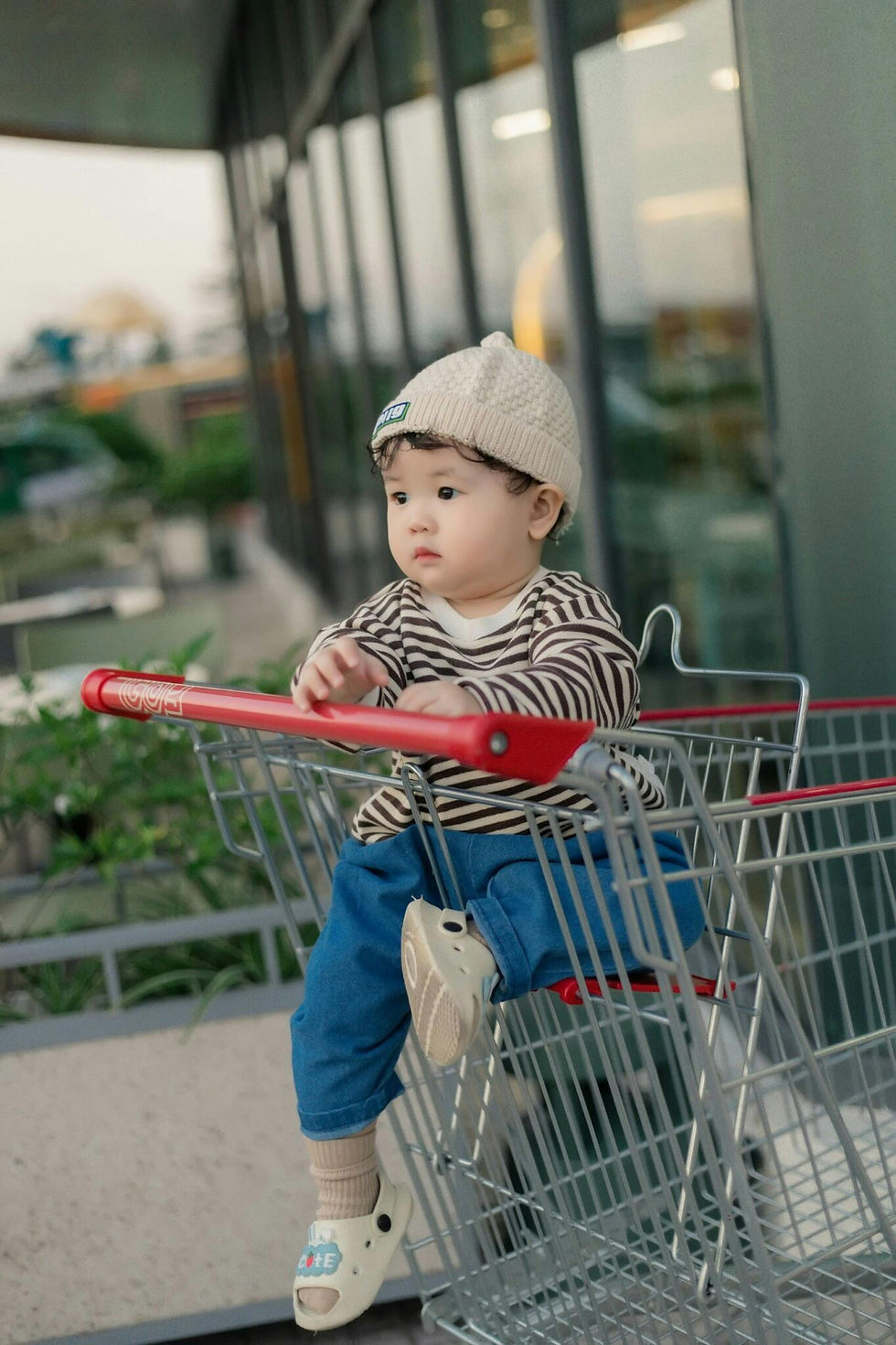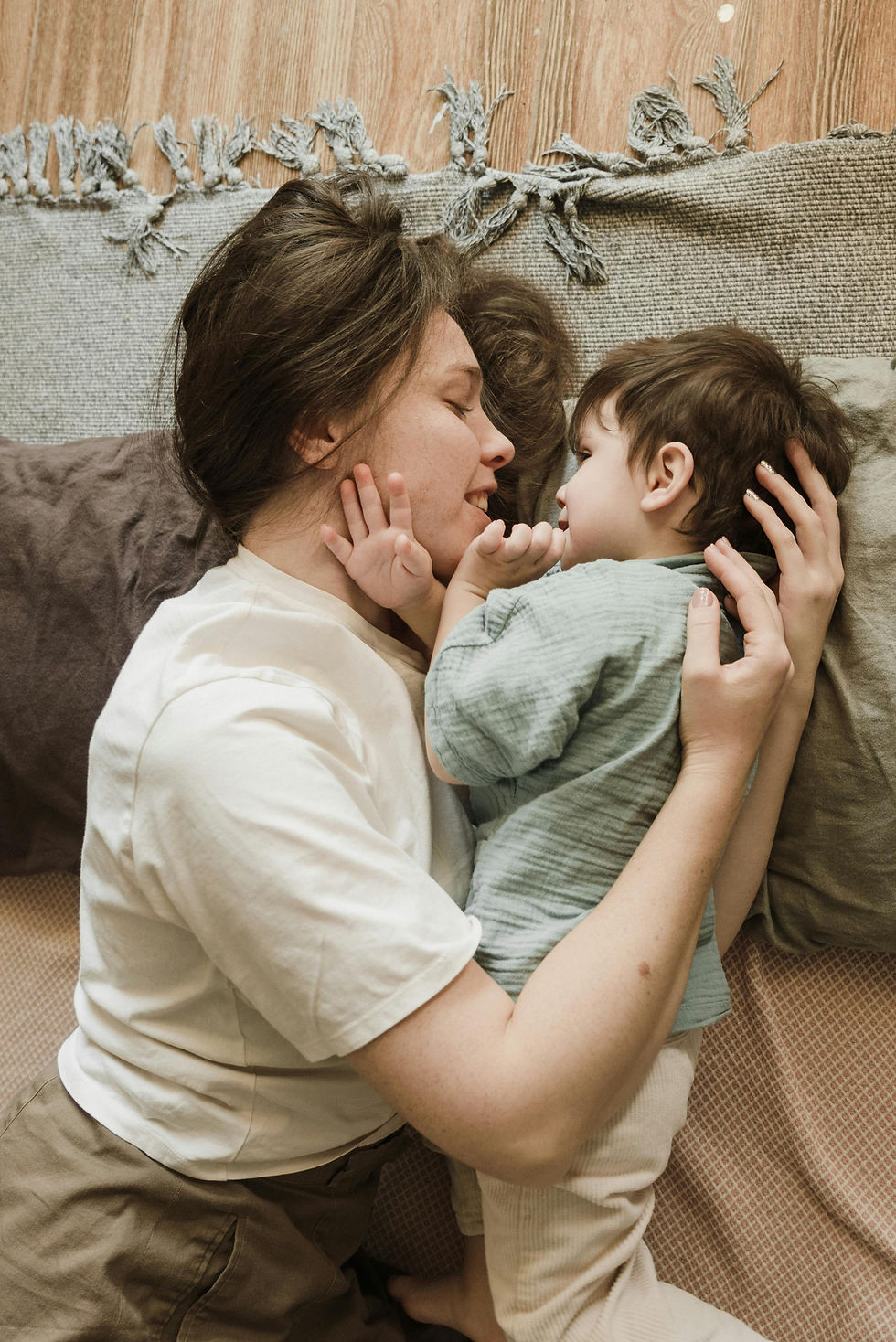
In today’s fast-paced world, it’s easy to get caught up in reactive approaches to children’s behaviour. But what if we took a step back to understand the deeper needs behind these actions? Co-regulation and secure attachments form the bedrock for children’s emotional development, helping them grow into resilient, self-regulating adults.
Let’s explore why these concepts are so vital for parents and professionals alike, and how they create a nurturing environment where children can thrive.
Why Co-Regulation is Key
Co-regulation is the process by which an adult helps a child manage their emotions by providing a calm, supportive presence. Neuroscience tells us that young children are not born with the ability to self-regulate. Their brains, particularly the prefrontal cortex responsible for emotional regulation, are still developing. When a child becomes dysregulated—whether they’re tired, frustrated, hungry, or simply can’t verbalise their unmet needs—it's up to the adult to step in and co-regulate, helping the child return to a state of calm.
Co-regulation helps to calm the fight-flight-freeze response. When children experience stress, their brains flood with stress hormones like cortisol and adrenaline, which can lead to dysregulation. By offering a calming presence, adults help the child’s brain release oxytocin, the hormone that promotes bonding and reduces stress, bringing the child out of a reactive state and helping them regain emotional balance.
"the behaviour is a form of communication—a signal that the child is dysregulated"
What Does Co-Regulation Look Like?
Let’s consider what co-regulation might look like in practice. Imagine a toddler dysregulated in the middle of a store. The child is overwhelmed, possibly hungry, over-stimulated or frustrated. Instead of dismissing the behaviour as a 'tantrum' or disciplining the child immediately, you recognise that the behaviour is a form of communication—a signal that the child is dysregulated. You kneel down to their level, acknowledge their feelings by saying, “I see you're upset. It’s okay. Let’s find a quiet space and calm down together.” You then redirect their attention or offer choices that make them feel in control.

This response, instead of escalating the situation, helps the child feel safe, understood, and supported. It’s also important to recognise that not all children will respond the same way. Some may push you away or scream; others might act out physically by hitting or kicking. Understanding patterns of behaviour, recognising triggers, and observing environmental factors are crucial to co-regulation. These tools help adults navigate challenging moments with more empathy and patience.
The freebie workbook can guide you in identifying triggers and patterns, helping you track behaviours and providing strategies to help you meet your child's emotional needs.
Why Co-Regulation and Attachment Matter
Research shows us that children who experience co-regulation develop stronger self-regulation skills, leading to better emotional intelligence and executive function later in life. These skills allow children to manage stress, solve problems, and build healthier relationships, both in their early years and as they grow into adulthood.
Secure attachments—built on consistent, responsive caregiving—are equally essential. When children know they can rely on a trusted adult to meet their emotional needs, they feel safe and valued. This sense of security lays the foundation for healthy social interactions, cognitive development, and overall well-being. For families and educational settings, co-regulation creates emotionally supportive ecosystems where everyone benefits.

Why It Matters for Families and Professionals
For both parents and professionals, co-regulation is key to creating environments where children feel safe and understood. Whether at home or in a setting, when adults model calm and compassionate responses to stress, children learn to mirror these behaviours. This not only strengthens the child’s ability to self-regulate but also fosters stronger bonds within families and classrooms.
But co-regulation isn’t always easy. Adults need to recognise their own triggers and manage their own emotional responses, especially when children’s behaviours are challenging. Reflecting on your own stressors and learning to self-regulate is just as important as teaching these skills to children.
Co-Regulation in Practice: Adult Self-Regulation
How can adults effectively co-regulate when they are triggered themselves? Children’s challenging behaviours—crying, aggression, or defiance—can evoke strong emotions in caregivers. For adults, especially those with their own past trauma or unresolved stress, these moments can be overwhelming.
The key is in self-awareness and self-care. Adults need to pause and recognise their own emotional state before reacting. This might mean stepping back, taking a deep breath, or even briefly walking away to gather their thoughts before re-engaging with the child. Self-care routines, such as mindfulness practices or physical activities, can also help adults build emotional resilience.
What Does Co-Regulation Look Like?
Co-regulation doesn’t always look the same. Children may express dysregulation in various ways, including hitting, kicking, screaming, or withdrawing. Here are some examples of what co-regulation might look like:
Acknowledging feelings: "I see you're frustrated because you can't have the toy right now."
Offering choices: "Would you like to sit here quietly or play with your favourite book?"
Redirecting attention: "Let's go outside and take some deep breaths together."
Physical comfort: Offering a hug or sitting close when the child allows it.
Creating space: Recognising that some children need a few moments alone before they can co-regulate with you.
Moving Forward: Building Strong Foundations Together
Co-regulation and secure attachments are the foundation for healthy emotional development, self-regulation, and strong social skills. As adults, our role is to guide children through these emotional moments with compassion, understanding, and patience. By embracing co-regulation, we are not only helping children navigate their emotions but also setting them up for success in all areas of their lives.
A Tool to Help You Navigate Co-Regulation
Our freebie, "Co-Regulation and Attachment: Building Strong Foundations Together," helps you develop co-regulation strategies by offering reflective exercises and practical tools to implement in both home and educational settings. It includes worksheets to track triggers, identify patterns, and plan effective responses.
Stay tuned for more resources, and be sure to download our free workbook to help you begin implementing these strategies in your daily practice.
Together, we can create environments where children feel safe, nurtured, and ready to thrive.
Carly
Lead Consultant
Have you seen our E-learning course Introduction to Behaviour as Communication: Understanding and Responding to Children's Needs—a perfect starting point for those wanting to dive deeper into understanding children's behaviour. 👇


Comments